Distributed Peer Review (DPR) - how it is implemented at the Volkswagen Foundation

Coloures-Pic - stock.adobe.com
Since 2024, the Volkswagen Foundation has been experimenting with 'distributed peer review', an evaluation process in which all applicants also act as reviewers. This process is being used in our 'Open Up' funding initiative.
The foundation is using the distributed peer review (DPR) method in its funding initiative Open up – New Research Spaces for the Humanities and Cultural Studies. In this process, applicants review each other's applications. The conventional panel review process will continue to run in parallel (see 3.A and 3.B). Funding recommendations are made on the basis of both reviews. This experiment aims to help the foundation explore ways of making the review of funding applications fairer, faster and more robust.
Parallel procedures: Distributed Peer Review & Panel Review
1. Application
Applications are submitted in the form of anonymous short proposals. All applicants agree to participate in the Distributed Peer Review (DPR) process. By doing so, they agree to review approximately five proposals from other applicants.
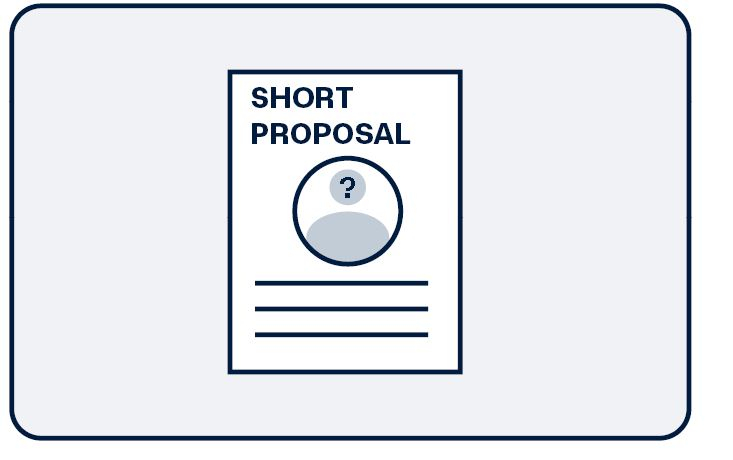
2. Formal Review
The Volkswagen Foundation reviews all applications for formal criteria.
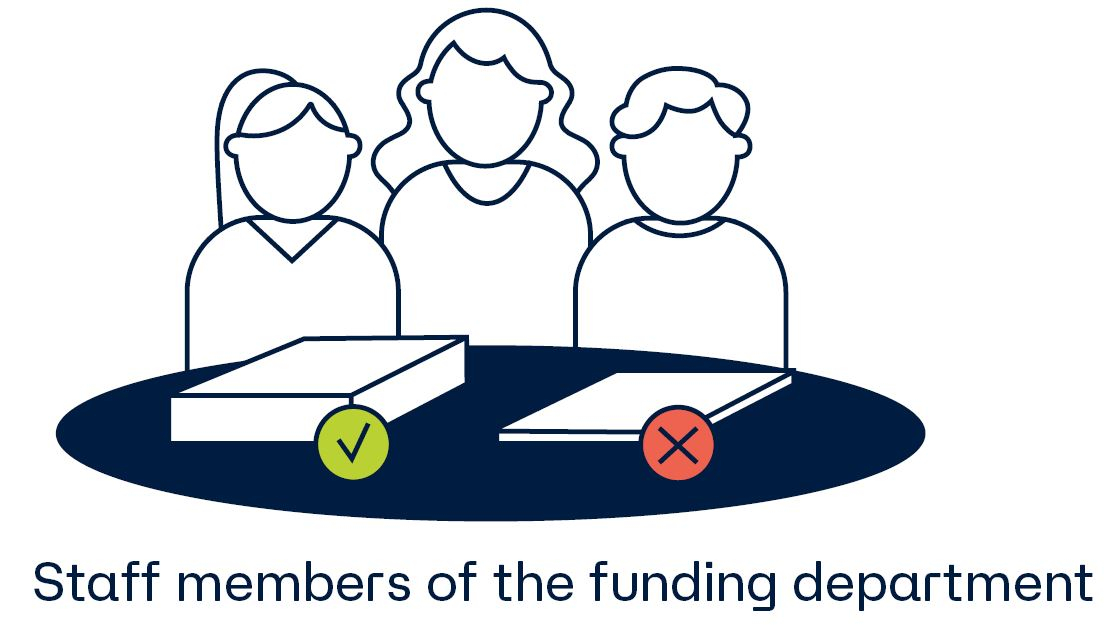
3. Parallel Review
3.A Review via distributed peer review process
Following a check for potential conflicts of interest, each applicant will be assigned approximately five applications to evaluate. Upon receiving the applications, participants may declare themselves to be biased.

The mutual review is carried out anonymously using quick assessment forms (QA). Each application receives written comments and a grade.
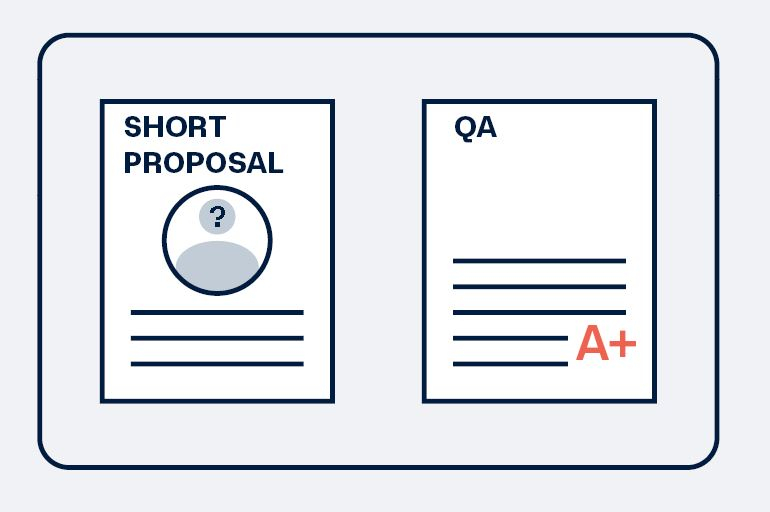
Based on the applications' scores, around 10 funding recommendations will be made.
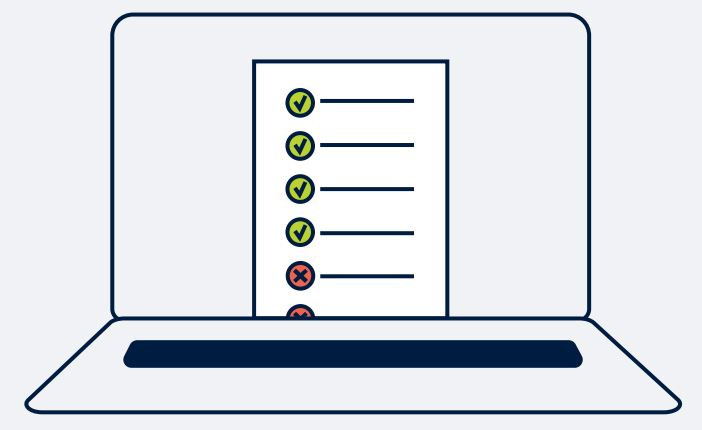
3.B Parallel to the DPR: panel review
The foundation appoints members to an interdisciplinary review panel. In parallel, an internal preselection is made based on the application criteria and a shortlist is compiled. After a review to ensure that there are no conflicts of interest, the panel members receive the shortlisted applications.

The reviewers evaluate the anonymized applications using QA sheets.

The applications that receive a positive preliminary assessment are discussed in a panel meeting. The panel makes around 10 funding recommendations.
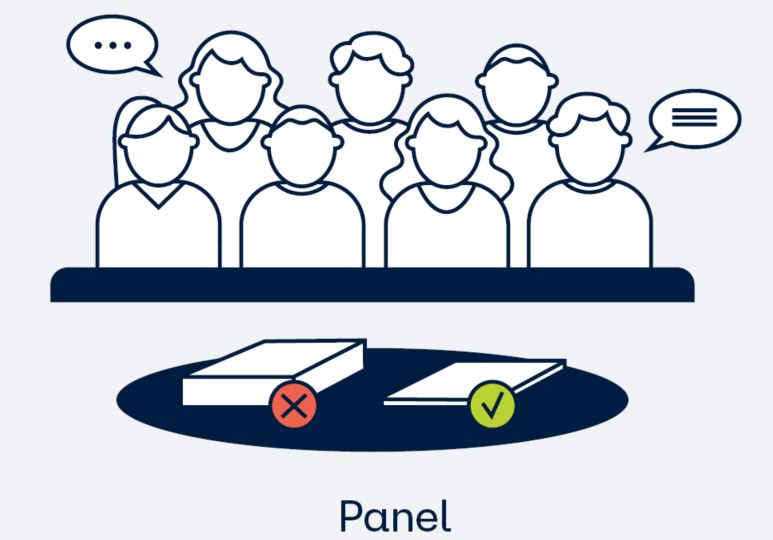
4. Decision (both procedures)
The CEO and the 14-member Supervisory Board of the Volkswagen Foundation decide on the funding recommendations from the two review procedures.
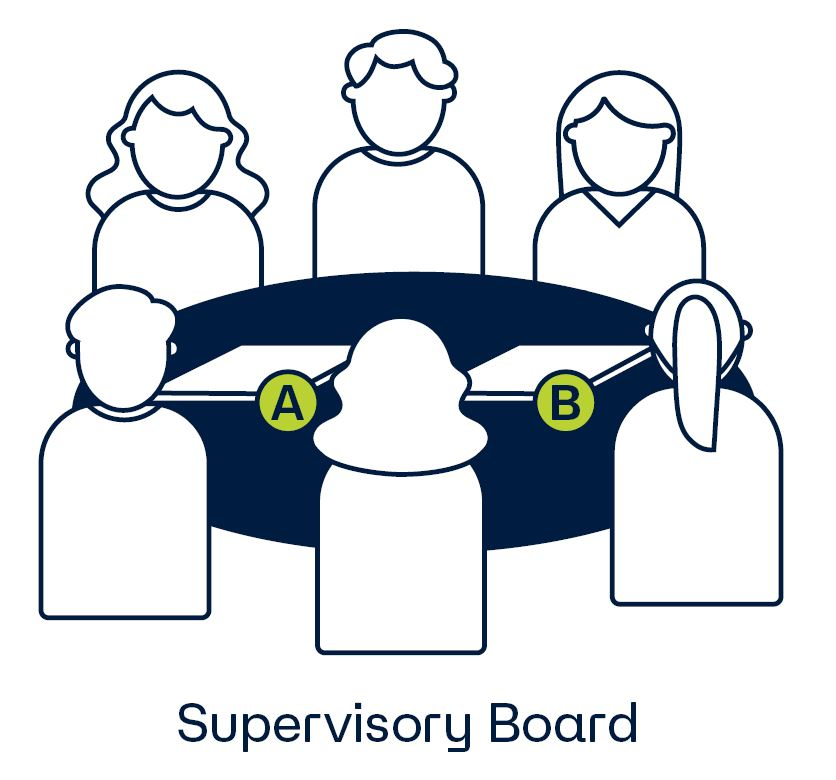
5. Approval or rejection
Along with the decision, applicants will receive feedback from the QA forms compiled during the DPR process.





